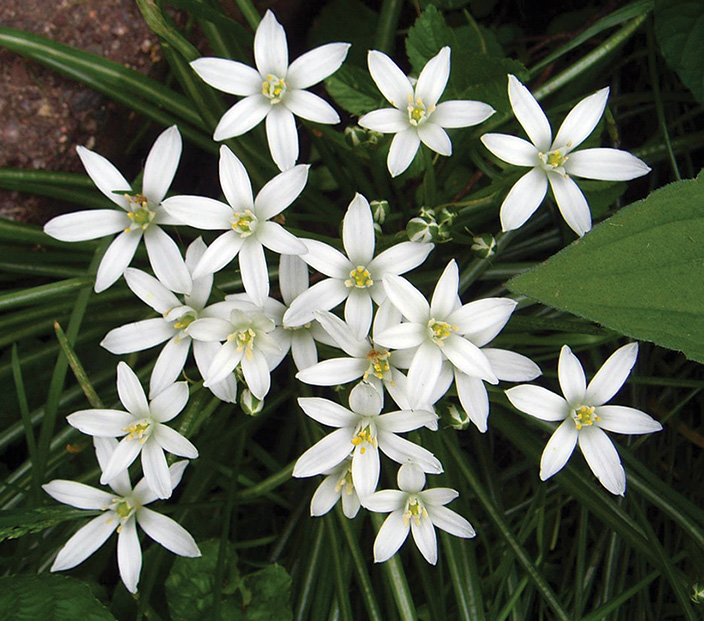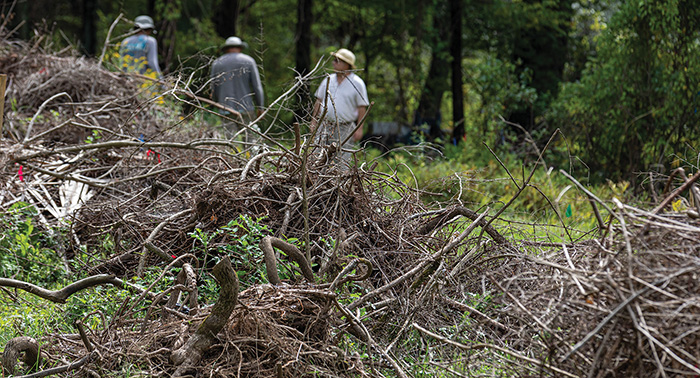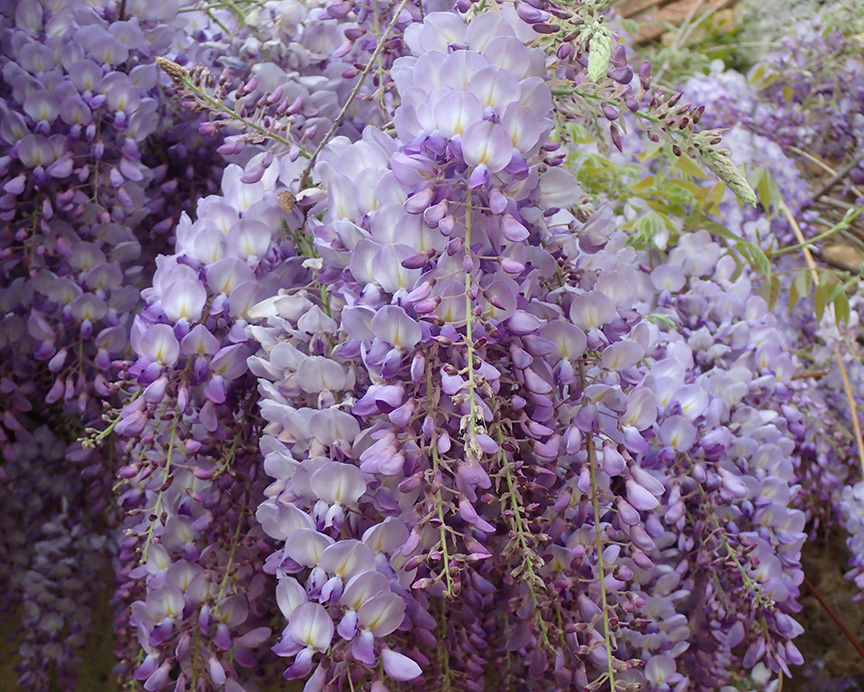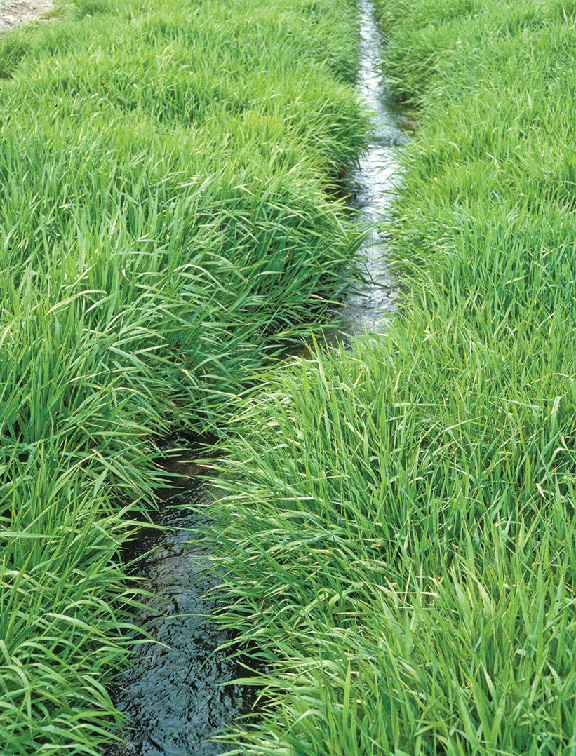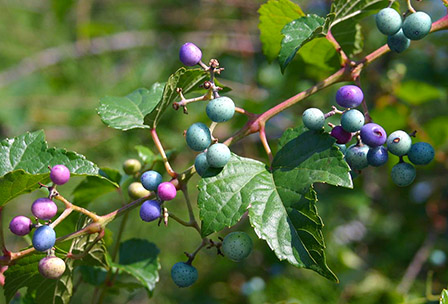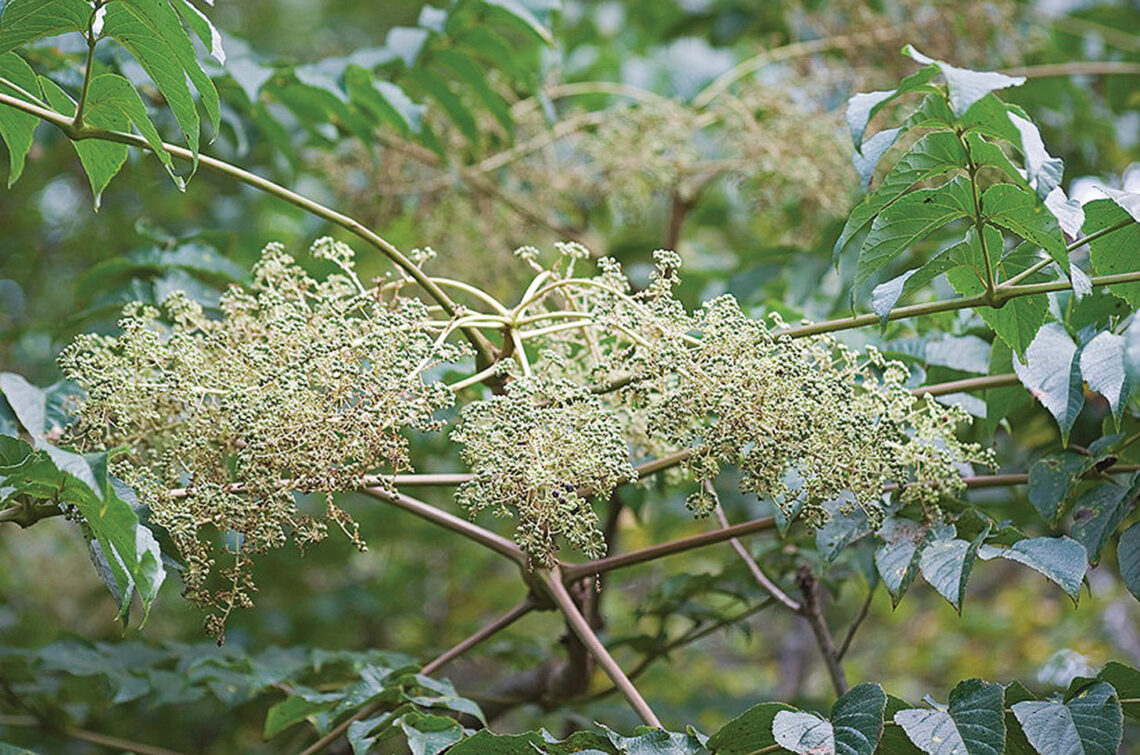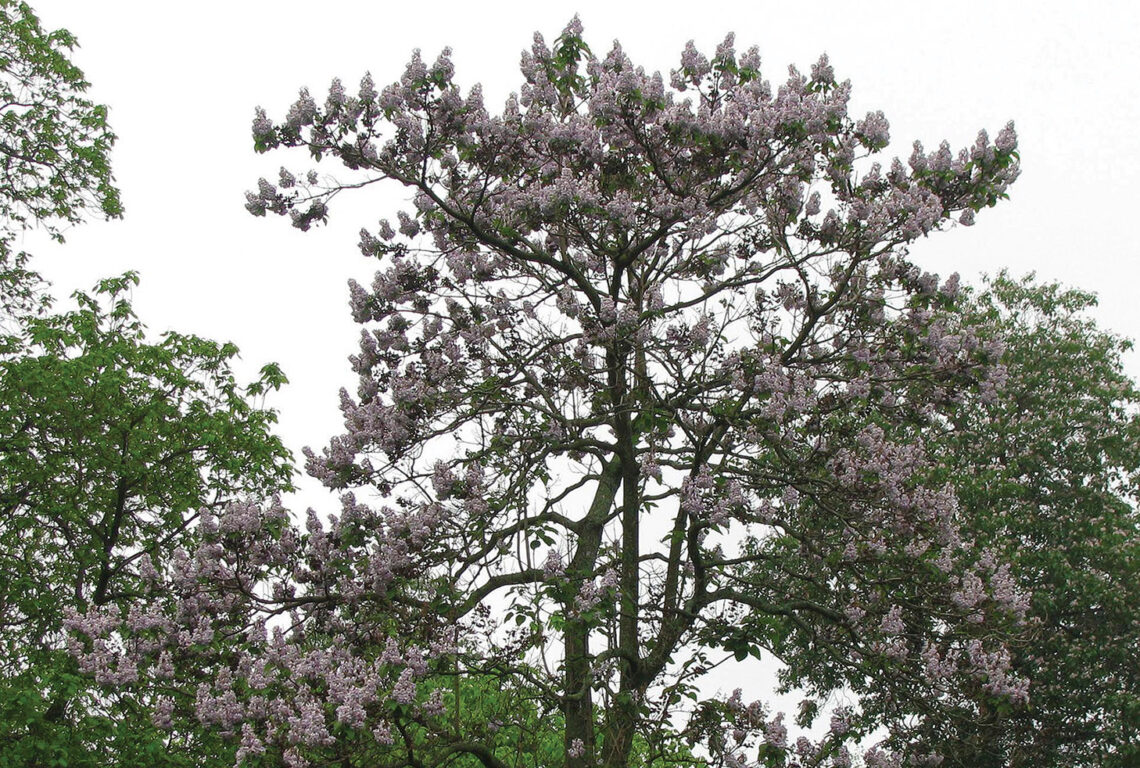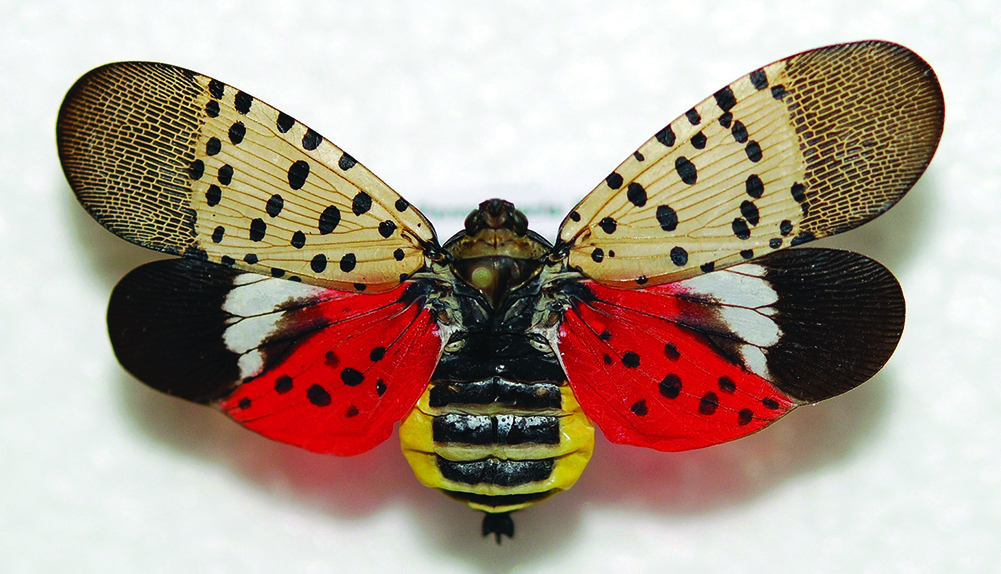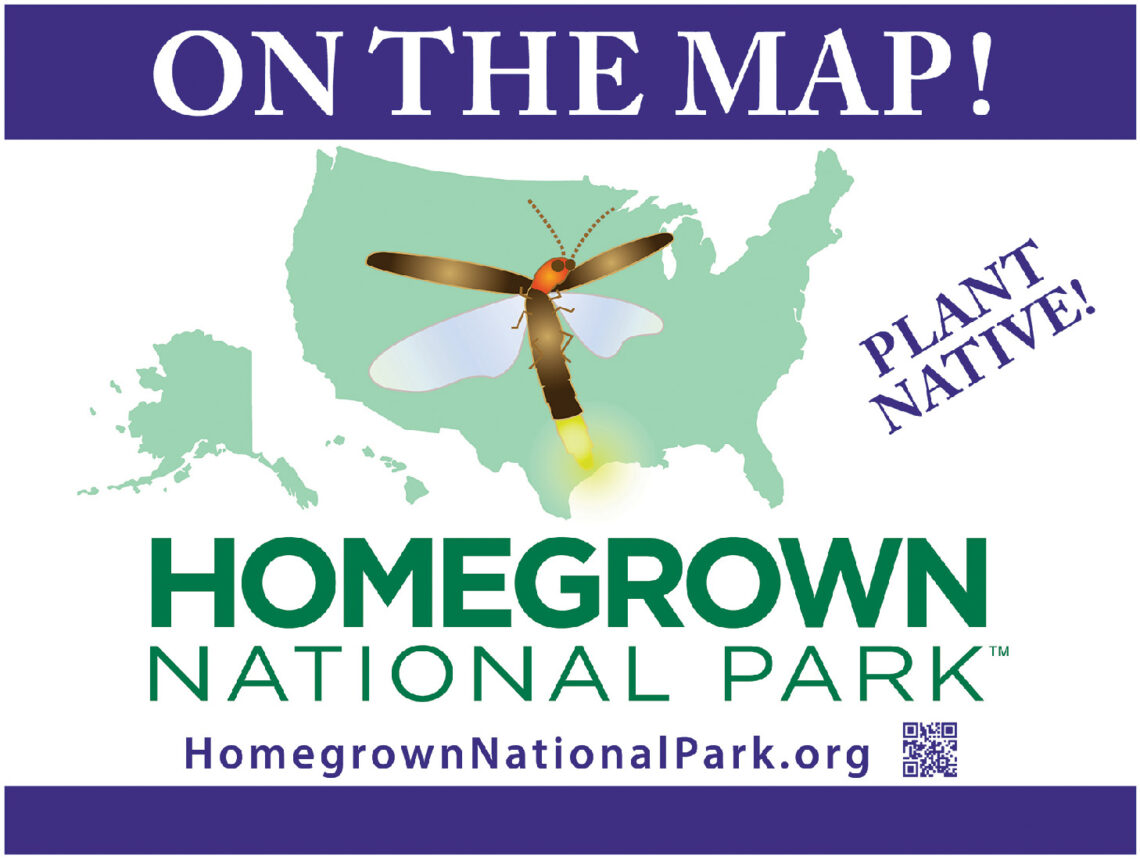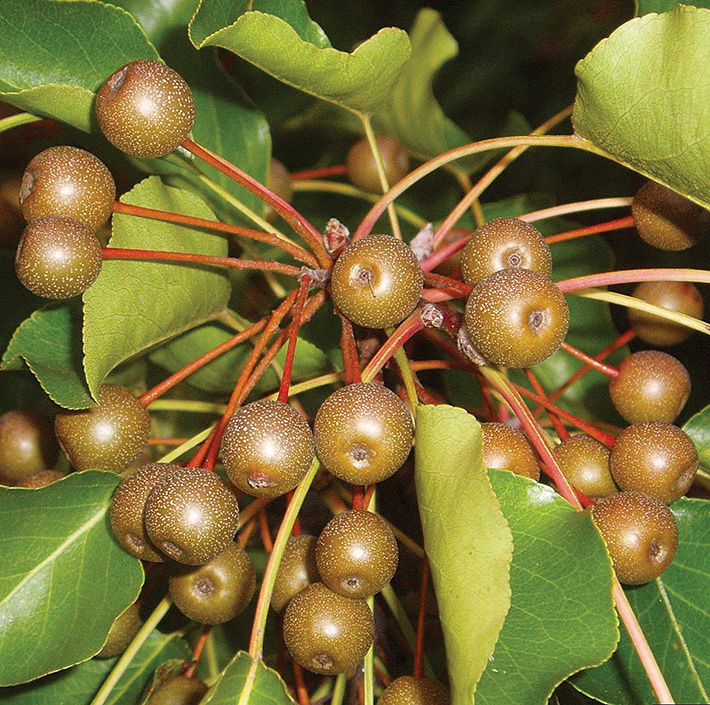By Will Rowlands – (All photos by Leslie J. Mehrhoff, UConn via bugwood.org) The Connecticut Invasive Plant Working Group (CIPWG) has announced additions to Connecticut’s official list of invasive plants. We applaud these changes but, alas, the horse has already left the barn as far as most of these plants are concerned. To make matters worse, most of the changes won’t take effect until Oct. 1, 2028 and Oct. 1, 2030. This will allow nurseries and growers time to try and sell off their existing stocks of invasive plants before the new law goes into effect. To be blunt, ecologically sensitive establishments should have phased out most of these plants…
-
-
Ecology Informs Naturalistic Design
By Duncan Brine The garden world is in the midst of a slow-moving shift from the purely ornamental to the ecological. Today, naturalistic gardens are popular and prevalent. They fulfill a dual function: they are no longer just about the way they look, they are also about how they function ecologically. This article was first published by the Ecological Landscape Alliance in 2025 They’ve had a significant resurgence of late, but the naturalistic garden style has well-known historical antecedents, harkening back to the era of Britain’s prolific designer Capability Brown and his famous Blenheim Palace. Doug Tallamy’s indefatigable efforts have raised environmental consciousness. He is largely responsible for bringing naturalistic…
-
Invasive Wisterias
Both of these invasive wisterias are deciduous woody vines, or lianas, that climb shrubs, trees and manmade structures. Some have been reported to reach 70 feet, limited only by the height of the host. They’re often found along forest edges, roadsides, ditches and rights-of-way. Both have been popular in the nursery trade. Older plants can have stems as thick as 15 inches in diameter. They can grow 10 feet a year and live as long as 50 years. The velvety brown seed pods are 4-6 inches long and appear after flowering, mature during the summer and may persist into winter. Each pod contains 1-8 flat round seeds. Note our native…
-
Invasive Quackgrass
Quackgrass (Elymus repens) was added to Connecticut’s official list of invasive plants on Oct. 1, 2024. It has many common names: Medusa’s head, Devil’s grass, witch grass, quick grass, couch grass, twitch, quitch, scratch grass, quake grass, shelly grass, knotgrass, scutch, pond grass, false wheat and creeping wheat. It’s native to Europe and Western Asia. It is thought to have come here with colonists around 1672 and then spread westward in hay bales. It used to be planted as a forage crop. It’s a long-lived perennial, cool-season running grass with creeping rhizomes. The rhizomes typically grow a foot or two before sending out stems and may grow as deep as…
-
Official List of Invasive Plants Grows
By Will Rowlands We’re happy to report some activity by Connecticut’s Invasive Plant Council. They’re the group that makes recommendations to the Connecticut General Assembly on plants that should be added to the state’s official list of invasives. It’s been a while since we’ve seen any action. And the envelope please! The new additions to Connecticut’s official list of invasive plants are:• Mugwort (Artemisia vulgaris)• Porcelainberry (Ampelopsis brevipedunculata)• Japanese angelica tree (Aralia elata)• Quackgrass (Elymus repens)• Chinese wisteria (Wisteria sinensis)• Japanese wisteria (Wisteria floribunda) The changes are effective Oct. 1, 2024 and allow for a fine of not more than $100 per plant. Callery pear (Pyrus calleryana) will be added…
-
Invasive Japanese Angelica Tree
Japanese angelica tree (Aralia elata) is now in Connecticut. Fortunately, it’s recently been added to the state’s official list of invasive plants. This deciduous tree/shrub grows 20-30 feet tall and 15-30 feet wide. It can be single- or multiple-stemmed. It’s native to China, Japan, Korea and Russia and was introduced to North America in 1830 as an ornamental. It may have gone undetected for some time because of its resemblance to devil’s walking stick (Aralia spinosa) which is native to eastern North America. Because of its similarity it is important to know the difference before you start removing this plant. To complicate matters the two species may be capable of…
-
Invasive Princess Tree
Princess tree (Paulownia tomentosa) is a fast-growing 30-60 foot deciduous tree native to China that spreads by releasing thousands of tiny winged seeds in the fall. It’s considered invasive and is banned in Connecticut. It is illegal to import, move, sell, purchase, transplant, cultivate or distribute. Also called Empress Tree and Royal Paulownia, it was named after Anna Pavlovna, the daughter of Czar Paul I. It was brought to Europe in the 1834 by the Dutch East India Company and made it to North America in 1844. The seeds were used as packing material by Chinese porcelain exporters before the advent of polystyrene. It was reportedly touted as a wonder…
-
Spotted Lanternfly Quarantine Renewed
The Connecticut Agricultural Experiment Station (CAES) in cooperation with USDA APHIS Plant Protection and Quarantine (PPQ) continued to detect expanding populations of the spotted lanternfly (SLF) in Connecticut through 2023. The Director of CAES hereby announces the renewal of the Order of Quarantine for SLF that was established July 1, 2021, effective January 1, 2024. More information about SLF, the quarantine order and state quarantine requirements can be found at: https://portal.ct.gov/CAES-SLF In 2020 through 2023, multiple adult SLF populations were detected in Fairfield, Hartford, Litchfield, Middlesex, New Haven, and New London Counties. The distribution of this insect continues to expand, posing a threat to the agriculture and forests of Connecticut,…
-
Is Your Yard on the Map?
By Kathy Connolly Millions of people will flock to national parks this summer, anticipating the oceanside cascades at Acadia, the wildlife at Yellowstone, or the views at Shenandoah. All these worthy destinations delight their visitors at the same time as they preserve extraordinary elements of the natural landscape and provide wildlife habitat. But, according to some ways of thinking, the national parks are more like nature museums than nature itself. One of those thinkers is Dr. Douglas Tallamy, whose 40 years of research have aimed to understand how insects interact with plants and how such interactions determine the diversity of animal communities. He is probably familiar to many Connecticut Gardener…
-
Potentially Invasive Callery Pear
Callery pear (Pyrus calleryana) is not officially considered invasive in Connecticut but it should be. For that to happen the Invasive Plants Council (IPC) has to place it on the official list. In Connecticut, the IPC is the body responsible for the state’s Invasive Plant List under CT General Statutes. Callery pear is on Connecticut’s “Research List” of plants about which they’d like more information. It’s considered invasive in a number of states and many sources describe it as not recommended. We add our name to that list but the horse has already left the barn. A native of China, Japan, Korea and Vietnam, Callery pear was originally brought to…
